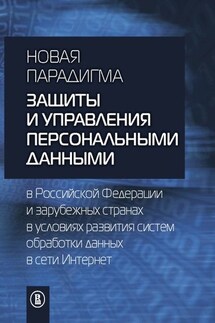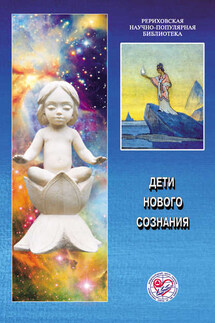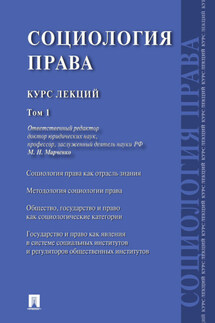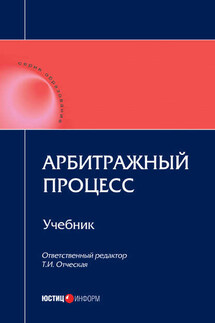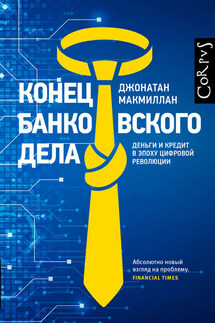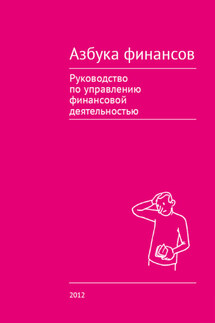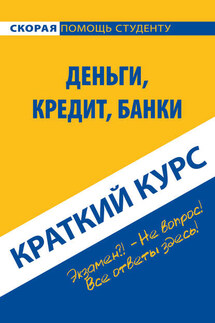Money, money circulation and credit - страница 16
– the bills for collection acceptance;
– the bills discounting and avalization;
– the bills settlement by a payer services rendering and the domiciled bills settlement;
– the bills acceptance in the order of mediation.
All the above listed operations are executed by the commercial banks under a licence issued by the Committee for the control and supervision of financial market and financial organizations of the national bank of Republic of Kazakhstan.
The transition toward a market economy of Kazakhstan conditioned the return to an economic turnover of many financial instruments which were not in demand in the period of planned economy but are widely used in the modern economically developed countries. One of these instruments is a bill of exchange.
If compare the development of bank operations with the bills of exchange in the beginning of 90>th of the last century and their today’s station it could be noted that nowadays the volume of these operations widely increased though it leaves much to be desired.
If in the beginning and middle of 90>th of the XX>th century the banks almost did not use the bills but in the end of 90>th and the beginning of 2000>th there were some activity in this sector of banking services. The most widespread bills’ operations today are discount, rediscount, avalizing of bills. The main reason of the bills of exchange market activation of the country was the development and implementation of the row of legislative acts concerning the bills of exchange turnover:
The second-tier banks rules for conducting of transactions with bills of exchange and promissory bills approved by a decision of the board of directors of the National Bank of the Republic of Kazakhstan dated from November 15, 1999 № 397.
The bills of exchange accounting rules of the second-tier banks of the Republic of Kazakhstan approved by a decision of the board of directors of the National Bank of the Republic of Kazakhstan dated from November 15, 1999 № 396.
The rules of rediscount of bills by the National Bank approved by a decision of the board of directors of the National Bank of the Republic of Kazakhstan dated from November 15, 1999 № 395.
The policy and procedure for rediscount of bills of the National Bank of Kazakhstan approved by a decision of the board of directors of the National Bank of the Republic of Kazakhstan dated from March 21, 2000 № 111.
The instruction on the financial analysis the bills’ emitters and the limits determination of the bills rediscount approved by a decision of the board of directors of the National Bank of the Republic of Kazakhstan dated from March 16, 2000 № 96.
The Law «About the cost of stamping in regard to the bills of exchange and promissory bills in the Republic of Kazakhstan)) dated from December 15, 2000 № 122-II (repealed).
Cheque is a due form financial document containing an ultimate order of an account owner in a loan institution about a payment to a cheque holder a definit sum of money. Initially the cheques appered in the XVI-XVII centyries in the Great Britain and Holland.
There are three different types of cheques: an order check which is untransferable issued to a person by name; a bearer cheque not indexed by name; an order cheque issued to a certain person but with the right of disposal by endorsement.
In Kazakhstan the cheques issue, circulation and payment is performed on the basis of the following normative legal documents: the Law of the Republic of Kazakhstan dated from July 29, 1998 № 237-I «About the payments and money transfers»; «The rules of cheques application on the territory of the Republic of Kazakhstan» dated from December 5, 1998 № 266; and the National Bank of the Republic of Kazakhstan board of directors decision dated from April 25, 2000 № 179 «About the regulations adoption of the financial instruments application, the wire transfers execution and remissions on the territory of the Republic of Kazakhstan».
